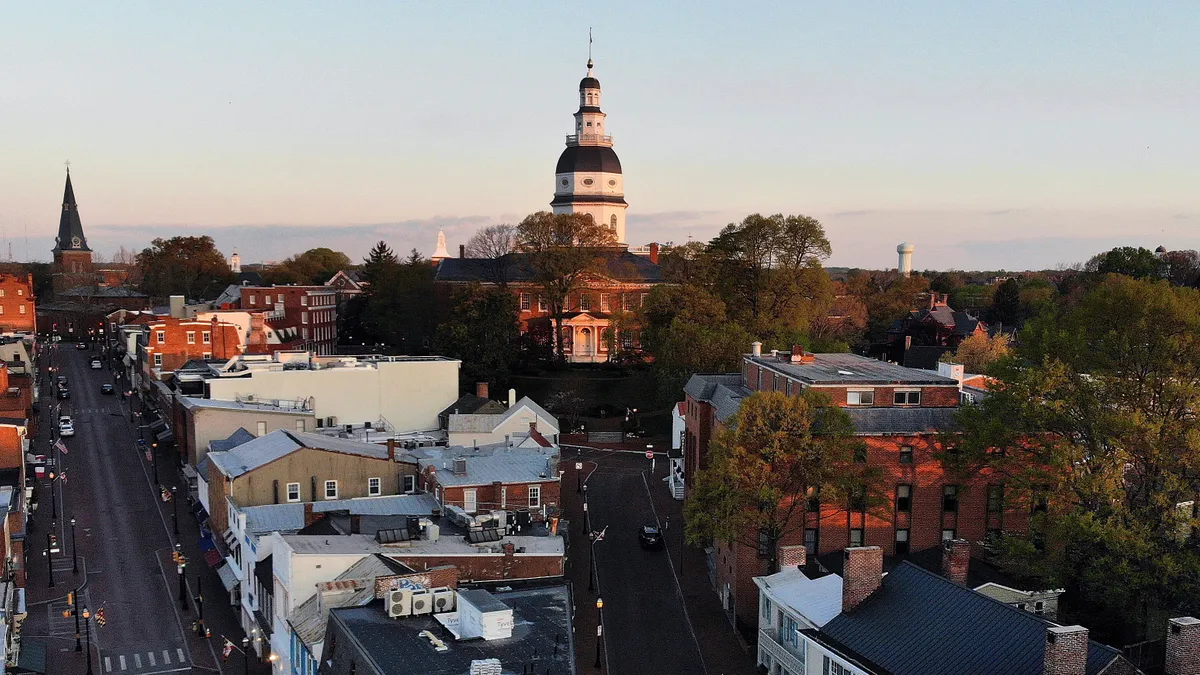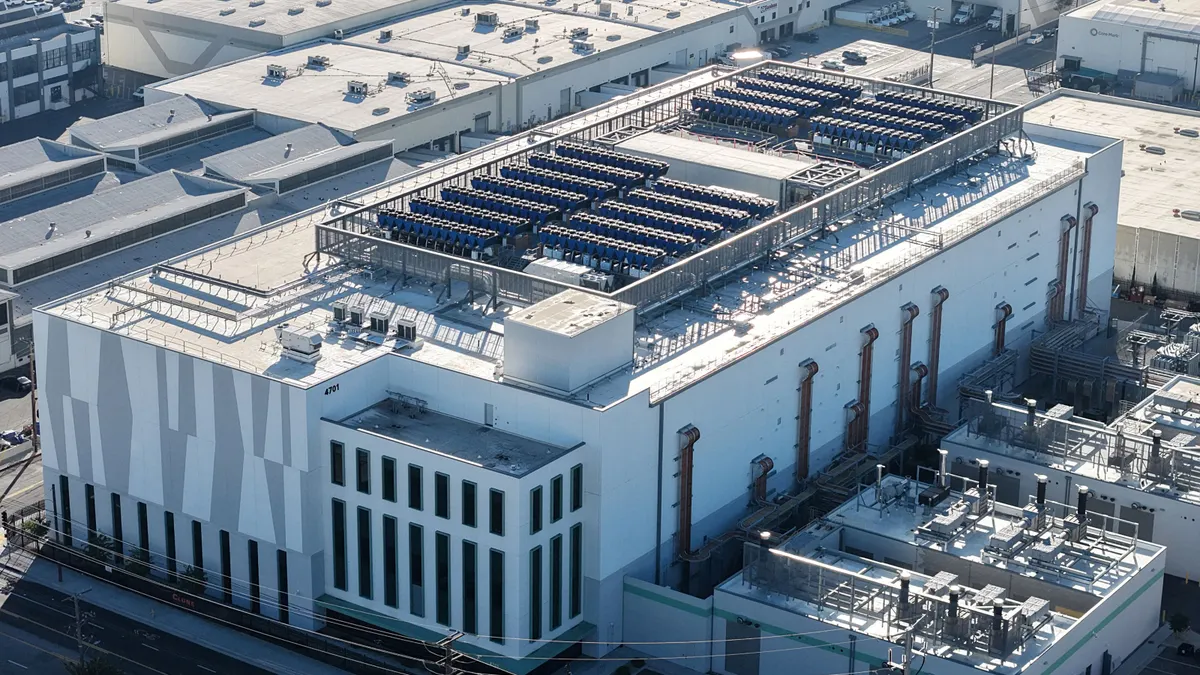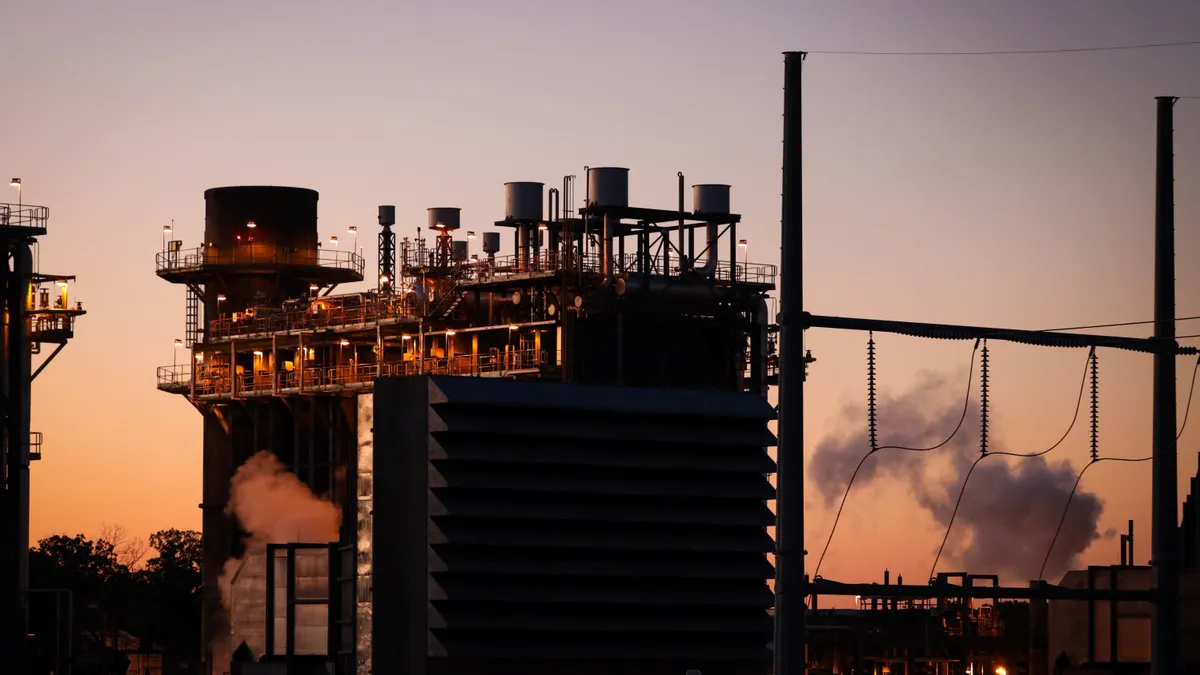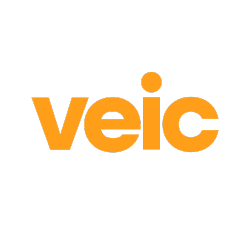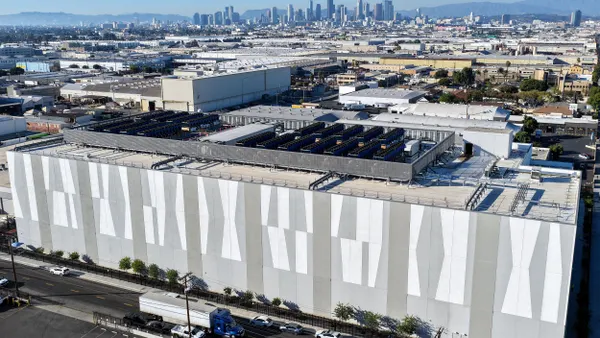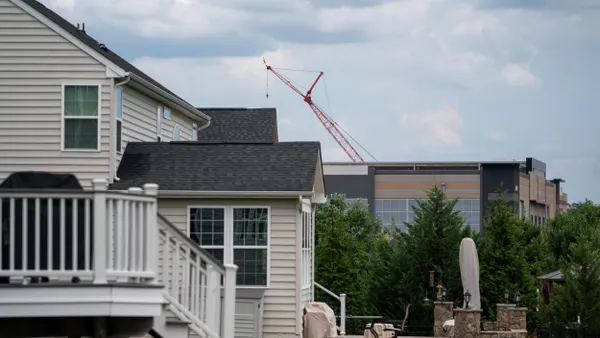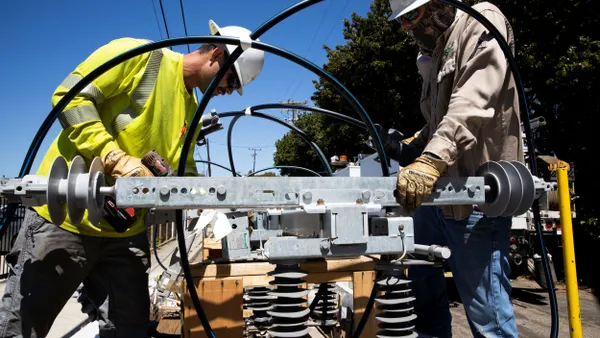Dive Brief:
- Maryland’s ratepayer-funded EmPOWER energy efficiency program generated savings at a cost of 5.9 cents/kWh in the first half of 2025, “well below the cost of delivered electricity,” the state’s Office of People’s Counsel found in a program analysis filed last week with the Public Service Commission.
- Most utilities in the state are on track to meet greenhouse gas emissions reduction goals associated with the program, and at a lower cost than projected, the report concluded.
- Potomac Edison is a “notable exception,” having achieved only 25% of its emissions reductions target at the year’s midpoint, “driven by particularly low achievement in commercial programs,” the report states. EmPOWER programs administered by the Maryland Department of Housing and Community Development are also not on track to meet their targets for serving limited-income families.
Dive Insight:
The EmPOWER program can deliver savings at less than half the delivered cost of a kilowatt-hour in some utility service territories, Maryland People’s Counsel David Lapp said. But additional investment is needed, particularly for programs serving low-income customers.
In the first half of 2025, DHCD programs achieved just over 25% of their annual target, “indicating 2025 may resemble 2024 when only 35 percent of the annual target was achieved,” the report found.
“The low income programs are the hardest programs to make progress in because low-income customers often don’t own their houses,” Lapp said in an interview.
Efficiency programs must navigate a “split incentive,” Lapp said: Landlords take on the up-front costs to improve housing stock, and tenants reap the benefits in lower bills. When low-income families do own their homes, additional burdens can make it difficult for them to access utility programs, he said.
However, “there is a concerted effort to try and improve this program,” Lapp acknowledged.
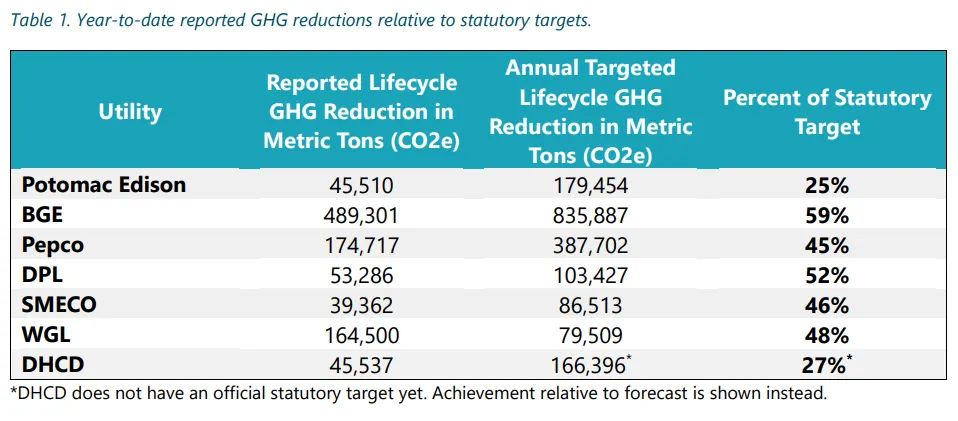
While the housing department’s GHG reduction achievement is behind forecast, DHCD programs are “growing and seeing all-time high levels of units served, dollars leveraged, and applications in review,” OPC’s report acknowledged.
State officials say the DHCD program is working to keep pace with ambitious goals.
DHCD’s EmPOWER goals were quadrupled between the 2021-2023 program cycle and the 2024-2026 cycle, the department said in an emailed statement.
“The achievement of these ambitious goals depends on many factors that cannot adjust as quickly as the goals themselves, including staff capacity, workforce availability, and adjusting to new market forces,” DHCD said. “Since 2024, the Department has significantly scaled up its efforts to deploy EmPOWER Program dollars and production is on an upward trajectory.”
DHCD said it has quadrupled outreach and marketing efforts, brought additional staff on board and shifted more funding to multifamily programs to support upgrades in affordable housing units. Those projects, the department noted, can take two to three years to complete and will not be reported until later years.
Calendar year 2024 resulted in the highest production of the EmPOWER program to date, the department said, with 6,265 housing units receiving energy-saving upgrades. The program currently has 8,981 units under construction and is in the process of onboarding another 27,079 households, according to DHCD.
Most Maryland utilities have achieved 40%-60% of their statutory minimum greenhouse gas reduction targets halfway through 2025, according to OPC’s report.
However, “Potomac Edison reports being behind target in every individual program, both residential and commercial,” the report said. Several factors are contributing to the shortfall, the analysis said, including the utility still working to integrate electrification measures, including air source heat pumps and heat pump hot water heaters, into its programs.
Potomac Edison, in an emailed statement, said it is “committed to helping Maryland achieve its greenhouse gas reduction goals.” To improve the effectiveness of its commercial energy efficiency program, it says, “we’ve introduced a range of bonuses and limited time offers during the second half of 2025.”
Those offers include increased incentive rates for custom and commercial new construction projects; enhanced incentives for prescriptive and midstream lighting, as well as small business projects; and additional bonuses for new projects and for projects completed within specific time frames.
“In addition, we expect that several large commercial and industrial projects will be completed in the near future that will make a positive impact on our performance,” the utility said.
Lapp said one of the biggest things regulators can do to improve EmPOWER results is to stop offering gas appliance incentives.
“Electric utilities have electrification programs, and at the same time we have rebates for gas appliances at Washington Gas,” Lapp said. “It makes no sense.”
Maryland consumers face rapidly accelerating gas rates and distribution costs, he said, “so customers spending money on gas appliances that are going to be around for 20 years is not good for their pocket books. They’re going to be stuck on a gas system with declining sales and escalating rates. And it is not consistent with the state’s climate goals to incentivize gas use.”
According to Washington Gas, its EmPOWER Maryland energy efficiency programs have helped reduce over 129,000 metric tons of carbon dioxide equivalents to date.
The programs “should continue to incentivize customers to efficiently use the energy source of their choice,” the utility said in a statement. “Our appliance incentive programs are designed to help reduce upfront costs, improve energy performance, and empower long-term customer choice. We have and will continue to work with regulators, policymakers, and the communities we serve to implement our programs and support Maryland’s climate goals.”
UPDATE: This story has been updated to include comments from Washington Gas.



